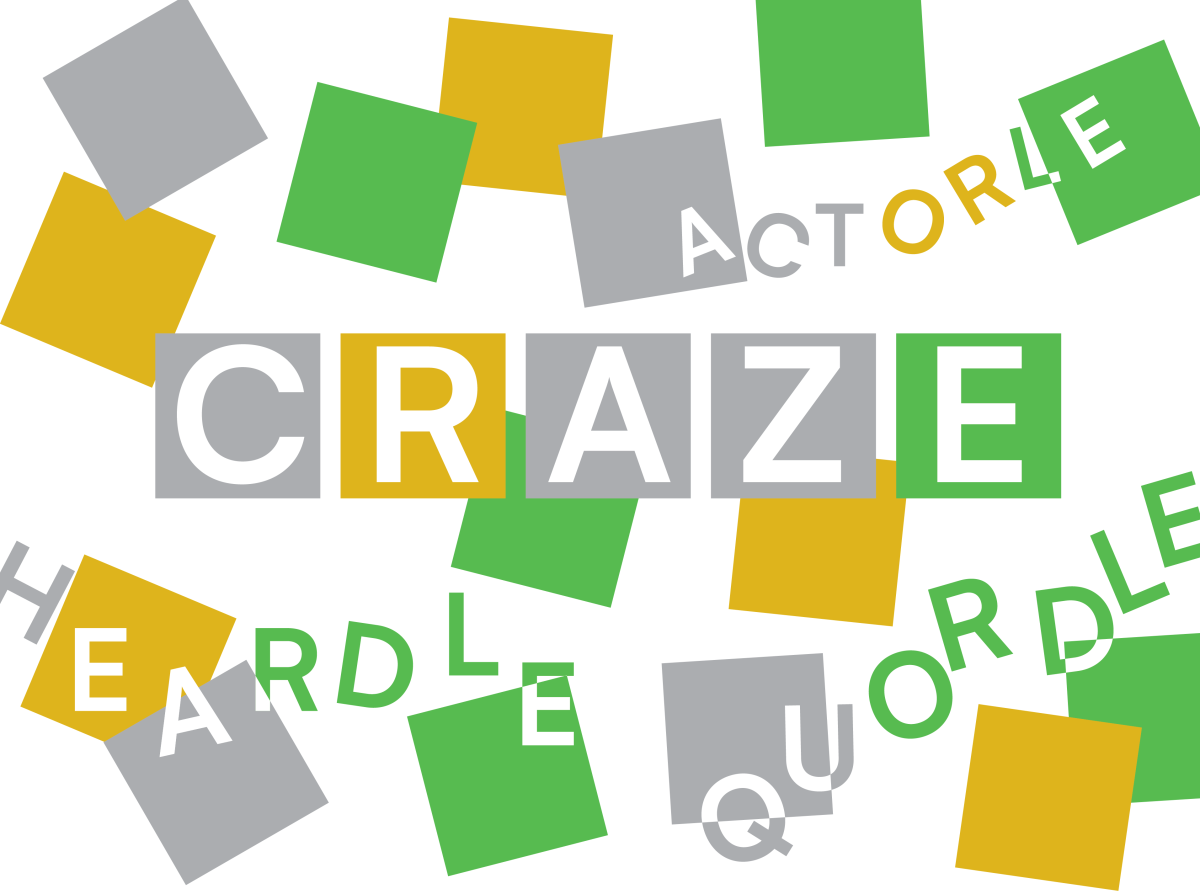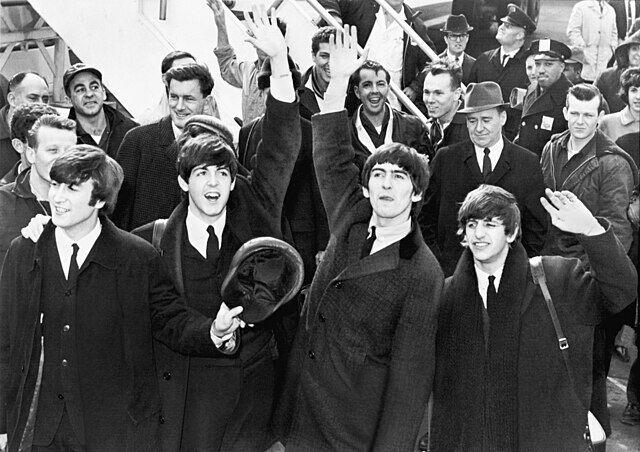Characterized by distinctive yellow and green boxes, Wordle has a simple premise. Each player has six chances per day to guess a five letter word. After each try, colorful tiles indicate whether or not the letters are in the word or correct position.
According to an article written by the New York Times, creator Josh Wardle initially designed the game to play with his wife, eventually sharing it with his family via a group chat, and then releasing it in October 2021. Wordle rapidly rose in popularity, from a meager 90 players a month after release to more than 300,000 in January 2022.
NC State Mobile Gaming Research Lab Director Adriana de Souza e Silva said Wordle is best categorized as a “casual game.” Defined by a low time commitment and often shorter periods of gameplay, casual games are played in between the swing of daily life.
“[Casual games] are in opposition to hardcore games — a step away from video games for consoles like Nintendo or PS4 or where you sit in front of a computer … dedicating hours and hours into a narrative based game,” de Souza e Silva said. “Casual games often don’t have a specific narrative — they’re just about different things — but they might take a lot of time as well. They don’t require you to stop doing other things in life. You can be waiting in the supermarket line and be playing the game, or you can be on public transportation and playing the game.”
Community is perhaps the most important part of a mobile game. Bonding with other players over commonalities in gameplay is a hugely rewarding experience, and sharing that is an optimal way to promote community growth.
The Wordle subreddit has over 27,000 members, and almost every Twitter user has at least one mutual who posts their daily Wordle results. Wordle’s Twitter post feature in particular has invaded everyone’s timeline each morning, a source of intrigue for users who have never heard of Wordle.
“I think it’s addictive, because everyone’s doing the same word on the same day and everyone’s posting these very subtle hints about how many tries it took them to get to the correct word,” said Emma Stanley, a graduate student studying communication who works at the Mobile Gaming Research Lab. “I feel like there’s this sort of shared anxiety and frustration across social media with regard to that, and people collectively not getting a word on a certain day, or people thinking a certain word is easy. Or people talking about words that they’ve never even heard at all.”
Despite its overwhelming success, Wordle’s game design isn’t cutting-edge. Inspired by games from the early days of the internet, Wordle is built entirely from early scripting and programming languages like HTML, CSS and JavaScript. Barring the New York Times sidebar, Wordle’s website is free from advertising of any sort, a rare occurrence when it comes to gaming nowadays. Gameplay is constrained to six outlined rows and follows user experience guidelines.
Colin Keenan, a university library specialist for Immersive Technologies, suggested ease of access might be the reason for Wordle’s start as a website rather than a mobile app.
“I am a web game developer… and I think Wordle is like one of the great meteoric success stories of what we’ve been describing to people,” Keenan said. “Everyone knows how a URL works — you give someone a URL, and they know what to do with it. All these devices [and] the web are already highly interoperable, and the hurdling between Android, iOS, desktop, smart fridge, tablet … I think that’s a massive part of its reach.”
Wordle was entirely open-sourced until the New York Times bought the game in an unprecedented move back in late January. The payout was controversial, to say the least, with plenty of road bumps along the way, from players accusing the New York Times of more difficult solutions to a brand-new WordleBot added a few days ago.
The New York Times acquisition of Wordle has undoubtedly been a strategic decision, as Wordle fits in perfectly amongst their other games, most notably their famous crossword puzzle. Crossword puzzles have always been relegated to the back page, a game for anyone to pass the time to.
According to a NiemanLab article, “The New York Times sneered, calling [crossword puzzles] ‘a familiar form of madness.’” It’s ironic to see Wordle being bought out by an acclaimed newspaper like the New York Times, as similar games were the subject of such contempt a century ago.
“I think another thing that makes Wordle more appealing than a crossword puzzle is that it has what we might call a very ‘low barrier to entry,’” said Robyn Hope, a graduate student studying communication. “In crossword puzzles, they expect you to have historical knowledge, scientific knowledge — you have to know all this trivia. But to play Wordle, all you have to know is how to speak English, basically. And so it makes it much more accessible to like a much broader audience.”
Wordle seems unassuming, but it’s sparked an entire genre of its own. Heardle, Worldle and Quordle have all capitalized on Wordle’s captivated audience and found their own niche. And that’s the message that Wordle has so clearly shown.
Games that have dedicated fan bases aren’t just unique, they give a perspective on the day-to-day that players can’t get enough of. Wordle isn’t even that clever — it was simply in the right place at the right time, and aspiring game developers should take note.














